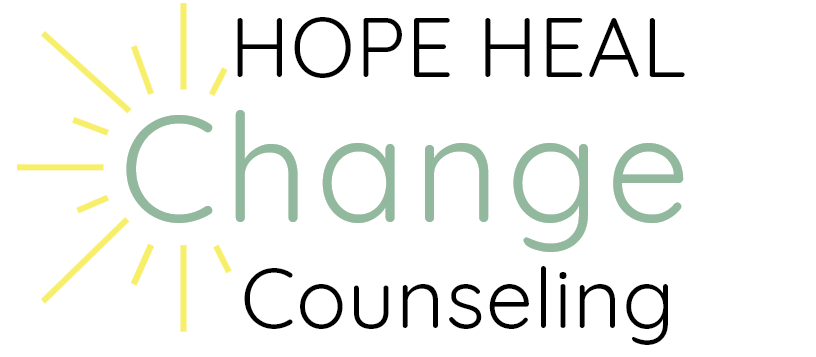

by Tara Yombor
From family dysfunction to slightly more functional families
One of my favorite topics as a therapist, specifically working with clients who are in recovery from addiction, is educating them on the roles in dysfunctional families. While working in treatment centers for drugs and alcohol, inevitably, at least one or two groups
a week would land on the topic of family dynamics. I’ve always said, “you can pick your friends, but you can’t pick your family.”
What is family dysfunction?
You might be asking, what is a dysfunctional family? What are the roles in dysfunctional families? Is my family dysfunctional? How do the different roles come to exist? How can they “benefit” from each other to create a toxic environment? Let me start by saying that every family is dysfunctional – yes, even yours! It’s important to note that there is no “perfect family.” Human beings are dynamic, flawed, and unique. The intensity and impairment of the dysfunction varies from family to family.
Main contributing factors to the intensity of the dysfunction are lack of emotional/physical connection between parent and child, lack of support, safety, trust, neglect, abuse, or addiction. Other factors that contribute to our sense of self include the nature of our parent’s relationship, how well we have been taught to overcome adversity, culture, how we are treated when making mistakes, responses to learning, personality, vulnerability, as well as our capacity to understand and implement shame resistance.
The intensity of the dysfunction has the greatest impact on the level of toxic behaviors in the individual. These include codependency, blame shifting, emotional dysregulation, and lack of self-esteem.
The Four Roles
In an attempt to find our own individuality within the family, we typically fall into one of these four roles:
- “The Family Hero/The Responsible Child”
- “The Scapegoat/Acting Out Child”
- “The Caretaker/Mascot”
- “The Invisible Child/The Lost Child”
We could be one role as a child and a different role as an adult. These roles can shift as one sibling leaves the home or when a sibling is born. An only child could be one of these roles or all of them at various points of their life. These roles shift due to our ability or inability to share one of these roles with another family member. If we have a low sense of self, we will compete for one of these roles. If we have a high sense of self, we will feel comfortable sharing one of these roles with another family member. It is also important to note that these roles can be different with your nuclear family vs. your immediate family.
The Family Hero/The Responsible Child
As a child they may be:
- Straight A students
- Responsible, organized, meticulous
- Considered the “Golden Child”
- Critical of themselves and others
- Looked at in high-regard, well-behaved, given a lot of praise
- Looked at by parents to prove that they are good parents and good people
- The parentified child (takes care of younger siblings to make up for lack of parent interaction)
As an adult they may be:
- More prone to desire praise and external validation, worried about how others perceive them
- In denial about the dysfunction of the family
- Critical of themselves and others
- The “breadwinner” of the family
- An alcoholic/addict in denial
- A workaholic who is praised for their work ethic, yet in denial about how their lack of presence is impacting the family
- Impulsive, showy, or impatient
The Scapegoat/Acting Out Child
As a child they may be:
- More likely to get into drugs and alcohol or go to rehab
- More likely to get pregnant at a young age
- Likely to act out the tension and anger in the family that the family ignores (ex: seeing mom and dad being physical and goes to school and hits others)
- The most emotionally honest person in the family or attempt to “call out” the dysfunction in the family
- Blamed and punished for dysfunction in the family
- Rebellious, creative, emotional, have lower self-esteem and less resistant to
shame
As an adult they may be:
- Insecure, have low sense of self-worth, struggle with confidence
- Addicts
- Less resistant to shame and get into toxic or co-dependent relationships
- More likely to struggle with depression, anxiety, and other mental health disorders
- Enabled by others
- Likely to have abandonment or attachment issues
The Caretaker/Mascot
As a child they may be:
- Insecure or timid
- The peacemaker of the family
- The class clown or comedian of family to create distraction
- Conflict avoidant or feel guilty for speaking their mind
- Less likely to set and hold boundaries
- People-pleasers who find it difficult to say “no” to others
As an adult they may be:
- Constantly meeting the needs of others even though they don’t know how to get their own needs met
- People-pleasers and codependents
- Enablers and lack ability to set boundaries
- Comedians or put emphasis on distracting from conflict
- Striving for external validation or unable to accept praise
- Overly worried of other’s views of themselves with a lack of sense of self
The Invisible Child/The Lost Child
As a child they may be:
- Quiet, introverted, reserved, avoidant
- Likely to find individuality by being “invisible”
- Isolating self from others and from conflict
- More likely to choose individual/single-person activities or hobbies
- Likely to have trouble feeling comfortable in social situations and tend to withdrawal from crowds
As an adult they may be:
- Introverted and lack meaningful friendships
- Independent
- Lacking trust and have feelings of abandonment or isolation
- Struggling to identify and communicate feelings
- Lacking identity and sense of self
- Some actors and actresses are lost children who find their identity by playing a character
How the roles benefit from each other
You may have heard that “addiction is a family disease.” Well, that’s true since we subconsciously keep each other sick or toxic. Why? Because in some way, we “benefit” from another family member being in their role. For example, the “caretaker” and
“scapegoat” rely on one another to remain dysfunctional. If an enabling, co-dependent parent continues to lack boundaries and be manipulated into feeling guilty for saying no to their addicted teen, the addict continues to benefit as they continue to be enabled.
When a parent begins to set boundaries, the addict may become upset or more manipulative to keep the codependent parent in their caretaking role. The “caretaker” also benefits from the “scapegoat” as they find a sense of validation, importance, and
purpose for taking care of the addict. If the addict recovers, then the caretaker may no longer find validation. Subconsciously, they may try to find other ways to scapegoat a child or family member. Likewise, the “family hero” and the “invisible child” benefit from each other. When the family hero is in the spotlight, the invisible child can continue to find individuality by withdrawing from the family dysfunction. If the invisible child becomes more extroverted or praised, the family hero may feel threatened.
Changing the Family Dysfunction
As I mentioned above, all families are somewhat dysfunctional. However, it takes one
person in the family to change the family dynamic. Through therapy, support groups,
books, or any other self-improvement avenue, we can better understand our behaviors,
feelings, and relationships. When we no longer feel the need to compete for a role,
there is a better sense of peace and functionality within the family system. Letting go of
a need for approval or external validation is an important step in improving self-esteem
and decreasing our responses to the intensity of the dysfunction.
